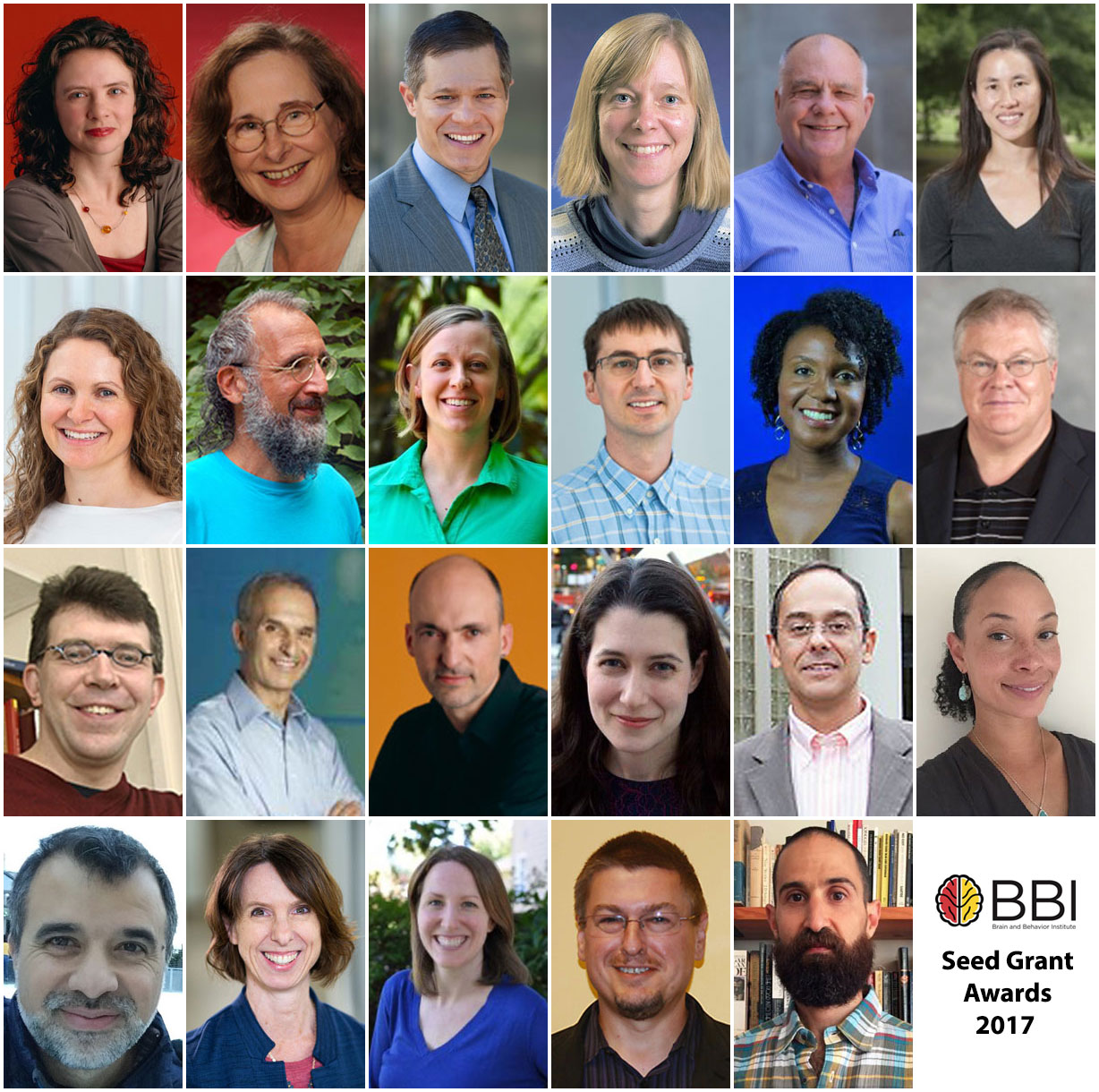2017 Seed Grant Projects
The 2017 seed grants tackle such topics as the relationship between social anxiety and substance abuse, language acquisition and long-term auditory memory, the connections between meditation and gut health, the non-visual neural registration of ambient light, the genetic changes associated with fatherhood, the physical properties of mosquitos’ attraction to humans, the genetic variables associated with hereditary hearing loss, the development of a superior EEG for studying the neural correlates of dance, and how to improve analysis of the temporal properties of fMRI data.
